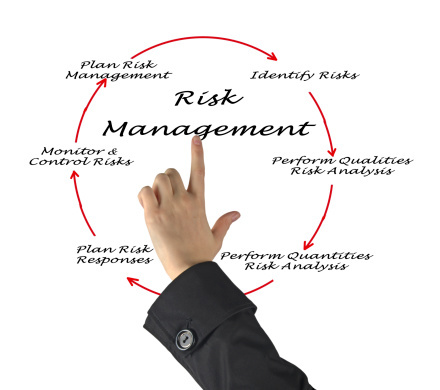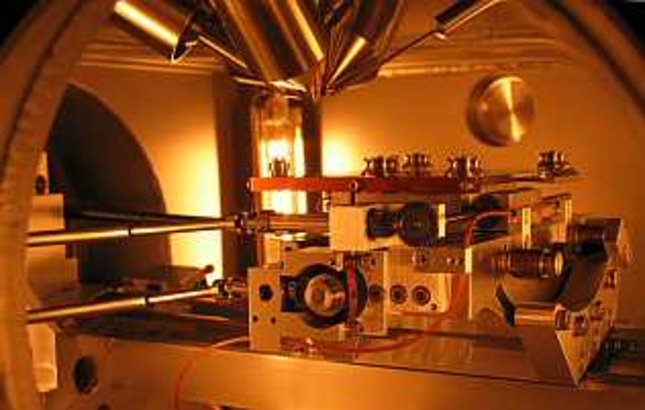Professional Legal responsibility Insurance coverage Vs Basic Legal responsibility Insurance coverage
Your Company and people like it is the anchor of this nation. Employers’ liability cowl is a authorized requirement for many companies with employees, public liability insurance coverage is vital for those who’re in touch with members of the public, and professional indemnity insurance coverage is useful if what you are promoting affords recommendation.
With a wide range of covers including Public Legal responsibility, Product Legal responsibility, Skilled Indemnity, Business Vehicles, Personal Damage, Property Injury and more, QBE provides flexible business insurance to over 5,000 small business occupations in Australia.
For example, if you have a manufacturing company, you would positively want to just be sure you receive product legal responsibility insurance, which is an insurance coverage that covers the enterprise within the event that the company will get sued because of a defect within the product (or one thing alongside these traces) that has caused the consumer to get harm.
Due to the fact that most business insurance coverage clients are searching for insurance coverage policies for begin up businesses the place the premiums are not all that high, the enterprise insurance lead is not highly wanted by insurance coverage professionals.
If you haven’t any workers yet then you …
Read More »


